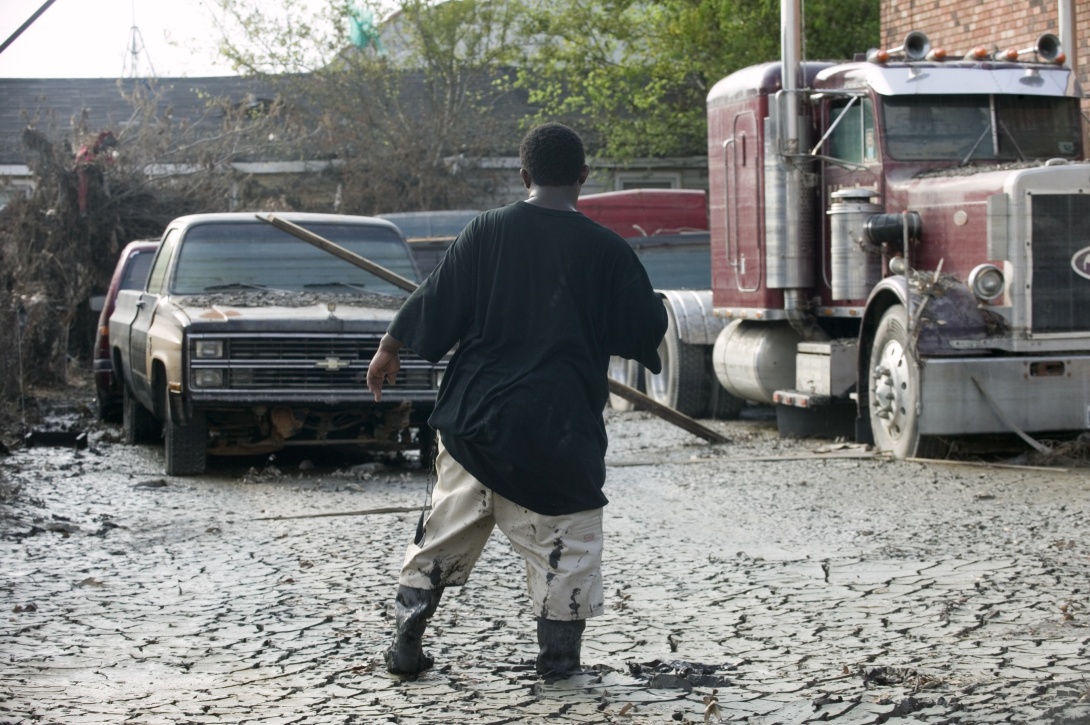Polluted Southern communities ask EPA to address environmental injustice

Environmental justice leaders representing more than a dozen polluted communities from six Southern states met with Environmental Protection Agency leaders this week and asked them to take action to better protect the health of low-income communities and communities of color.
The leaders from Alabama, Florida, Georgia, Mississippi, South Carolina and Tennessee met in Atlanta on Tuesday with EPA Region 4 Acting Administrator A. Stanley Meiburg to present documentation of environmental injustice and unequal protection on the part of the EPA as well as state environmental agencies. The leaders are part of a group of 36 environmental justice, civil rights, faith and other groups from all eight Region 4 states that signed a letter [pdf] to Rep. John Lewis (D-Ga.) asking him to press for an investigation into Region 4's environmental justice record.
Among the concerns the letter pointed to was the recent decision to transport the coal ash spilled at a Tennessee Valley Authority power plant in eastern Tennessee last year to a landfill in a predominantly African-American community in Alabama. It also cited instances of dioxin pollution in Florida, contaminated wells in Georgia, chemical plant contamination in Mississippi and radioactive pollution in Tennessee.
Earlier this year, Facing South guest contributor Robert J. Bullard of the Environmental Justice Resource Center at Clark Atlanta University -- an organizer of this week's meeting -- issued a call for "fundamental change" in Region 4, pointing to its legacy of slavery, segregation and resistance to civil rights and equal environmental protection. He reported on a number of harmful and discriminatory decisions in the region that have exposed many low-income communities and communities of color in the region to unnecessary environmental health risks.
Bullard noted that while people of color comprise 28.5% of EPA Region 4's population, they are over-represented among the region's residents living within two miles of commercial hazardous waste facilities, observing:
Many of the bad Region 4 EPA waste facility permitting and disposal decisions flow directly from backroom deals and compromises made with state and local government officials, often at the expense of African Americans and other people of color communities.
A statement about this week's meeting posted to the EJRC's website noted that many environmental justice leaders view the federal Agency for Toxic Substances and Disease Registry -- a division of the federal Centers for Disease Control and Prevention -- and EPA Region 4 as "'evil twins' that have historically provided unequal protection and a 'Katrina response' to toxic health threats to low-income and people of color communities long before that deadly storm ravaged the Gulf Coast."
This week's meeting with the EPA -- the first of its kind in Region 4 in more than a decade -- took place at the same time as the CDC's National Environmental Public Health Conference, which drew thousands of environmental health professionals, policymakers and grassroots activists to discuss public health and chemical exposures.
For a full list of the communities and organizations that were involved in issuing the call for environmental justice, click here.
Photo of child in New Orleans walking through ankle-deep toxic mud in the aftermath of Hurricane Katrina by Andrea Booher for FEMA.)
Tags
Sue Sturgis
Sue is the former editorial director of Facing South and the Institute for Southern Studies.
